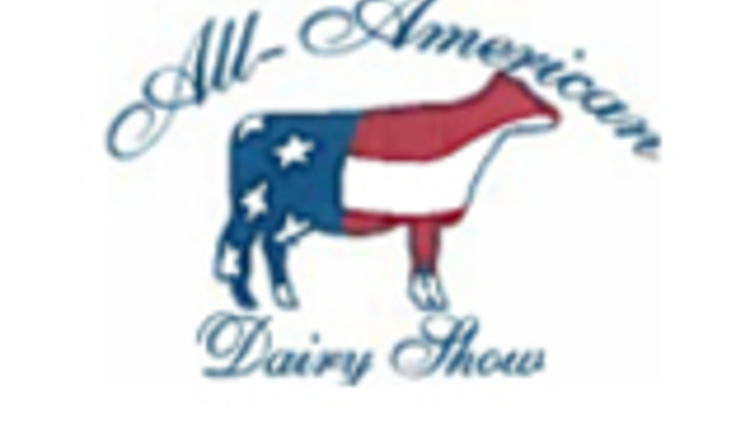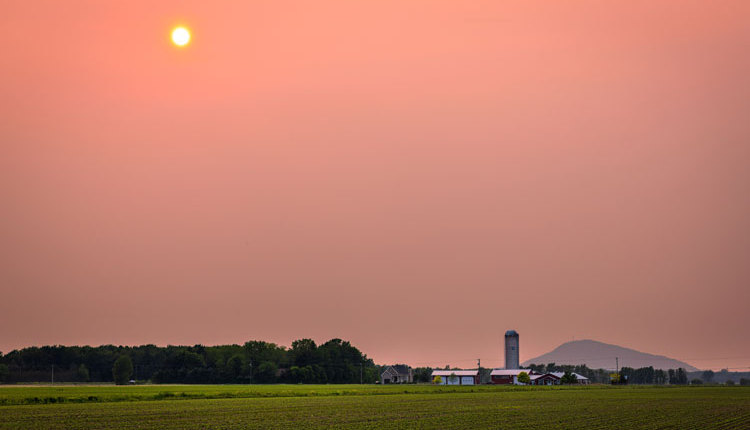We like to exhibit our cattle at a variety of local, state, and national shows. What can we do to keep them healthy during the show season? - Wisconsin, M.E.

Several showing activities create significant stress for animals, and these can increase their susceptibility to illness and detract from their success in the showring. Transport, diet and water changes, new environmental stimuli, and strange cows trying to steal their feed from the other side of the stall divider all elevate stress, and individual animals cope with that stress at different levels. Some cows love the attention and don’t miss a beat. Others, especially younger animals, can be more affected.
Stress, which is associated with high levels of production and the release of corticosteroids, can compromise the immune system. This makes animals, again more so in young stock, more susceptible to infectious disease.
Older animals at shows could be shedding bacterial and viral pathogens without clinical signs. These pathogens can cause illness in younger animals that have developing immune systems. The best analogy to this is a daycare — younger children get all the bugs that the older children have already dealt with.
What can we do to help these show animals through the process? Rock solid biosecurity is not logistically possible at fairs and shows, but there are a few things you can do to mitigate risk for your show string.
Make sure the animals are current on vaccinations well before they are transported. Talk to your veterinarian about whether the show animals should receive additional vaccines that would not be needed in the rest of the herd.
Diet changes should be gradual and not introduced suddenly at times of high stress. Transition cows, a particularly vulnerable population, should probably not be traveling around the continent — but I know this is easier said than done in some situations. I would also recommend keeping your exhibit area as clean as possible and disinfect where and when you are able, especially shared equipment.
Biosecurity doesn’t stop at the end of the show. Keep a close eye on your show animals when they get back to the farm. Consider isolating them for 10 to 14 days to make sure they don’t pass on whatever infectious agents were circulating in the show circuit to the rest of the herd or other valuable cattle. Talk to your veterinarian ahead of time and put a plan in place for your next show season.











